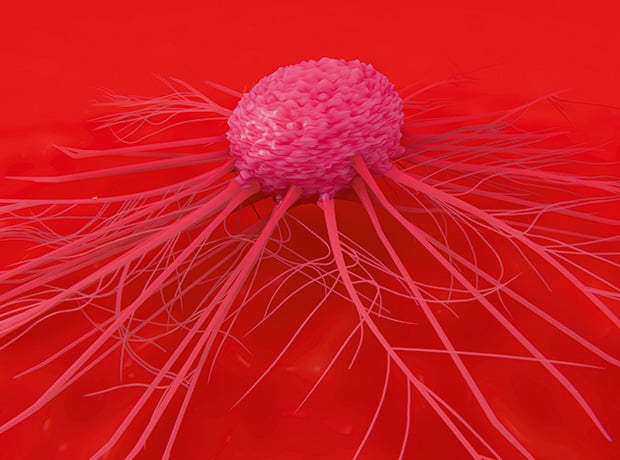International researchers use shear waves to map blood vessel structures

The findings could improve cancer treatment and drug delivery to treat tumours
Researchers from King’s College London’s (KCL) School of Biomedical Engineering and Imaging sciences, along with partners at the University of Michigan, the Institut national de la santé et de la recherche médicale in Paris, Norway and Germany, are using shear waves to map blood vessel structures to improve treatments for tumours and other medical conditions.
Findings published in Science Advances could improve cancer treatment and potentially improve drug delivery while helping researchers better understand tumours.
Michigan and KCL experts developed a new theory using MRI-based elastography imaging to study how shear waves travel through tissue. By analysing them, researchers are able to measure the architecture of blood vessels non-invasively using readily available clinical imaging devices.
Shear waves store information about the materials they pass through, including tissue stiffness, which can help diagnose diseases.
The method allows researchers to see tiny blood vessels that are usually too small to detect and their experiments demonstrated that blood vessels leave distinct signatures in the wave patterns that can be detected and analysed.
Ralph Sinkus, professor of biomedical engineering, School of Biomedical Engineering and Imaging Sciences, KCL, explained the concept of the method: “Imagine trying to kick a football through a forest. If the trees are randomly scattered, the football will bounce around unpredictably. Similarly, waves travelling through tissue will be affected by the arrangement of blood vessels.”
Researchers believe that their research could impact cancer treatment as tumours often cause abnormal blood vessel growth, which is more chaotic than in healthy tissue and could be measured to better understand tumours.
In addition, the research could improve drug delivery as the method could help determine whether they reach the tumour cells or whether they do not have an effect, providing crucial insights into which drugs are best suited for different types of tumours and improving treatment outcomes.







